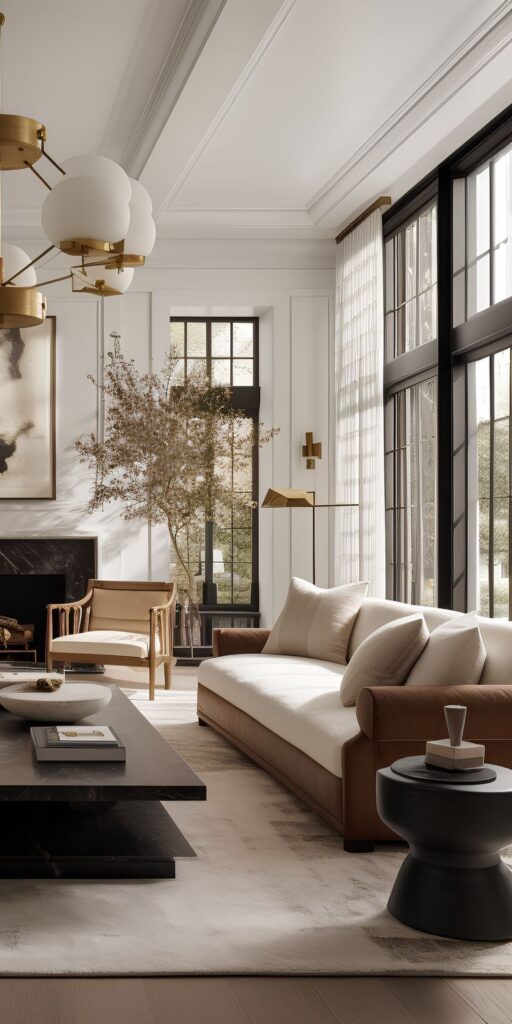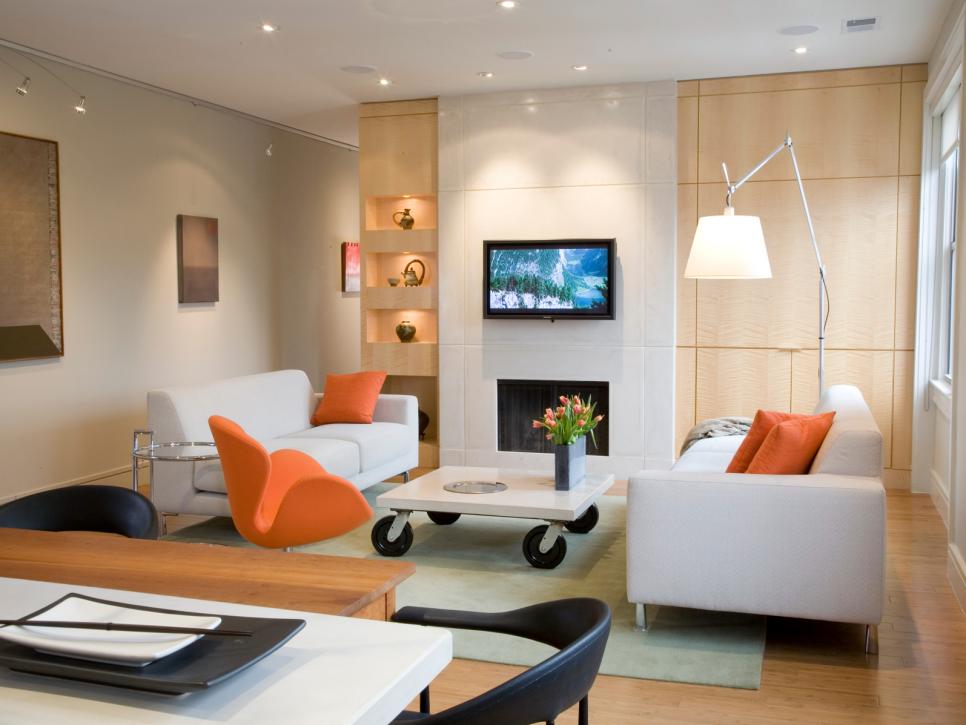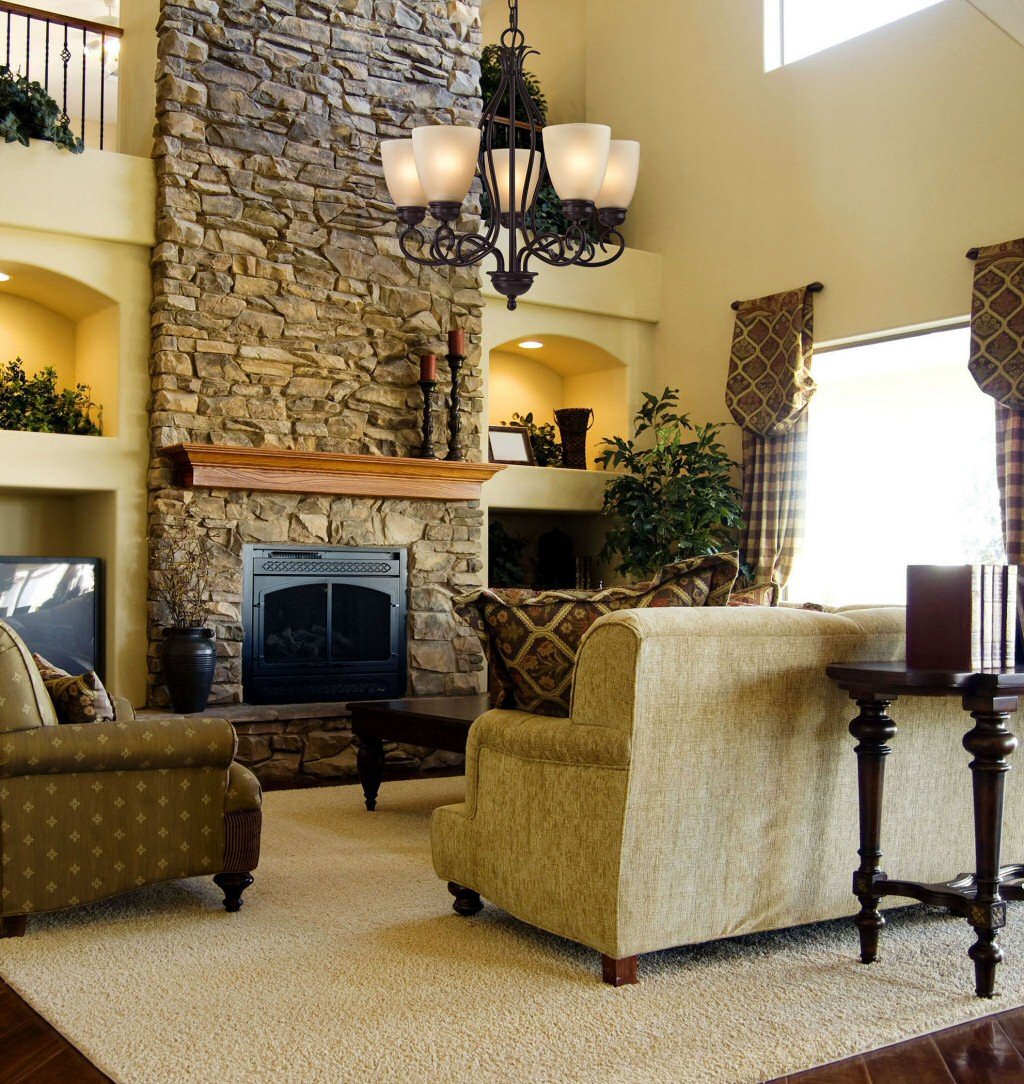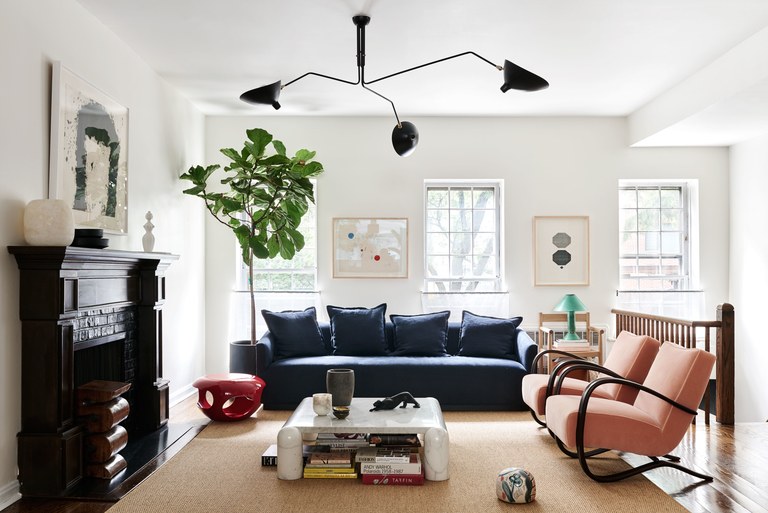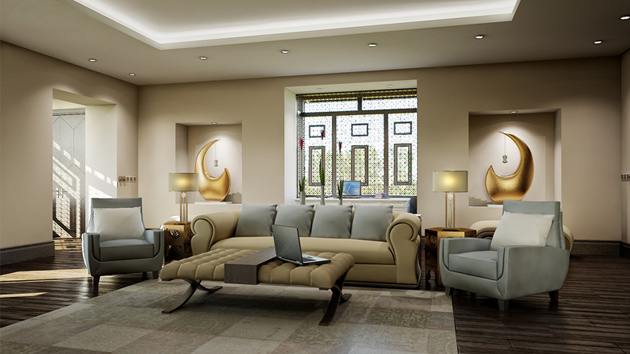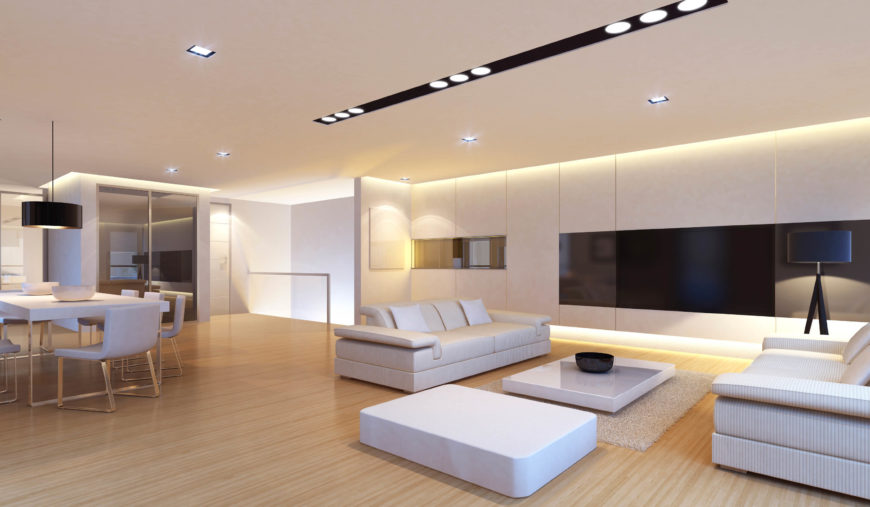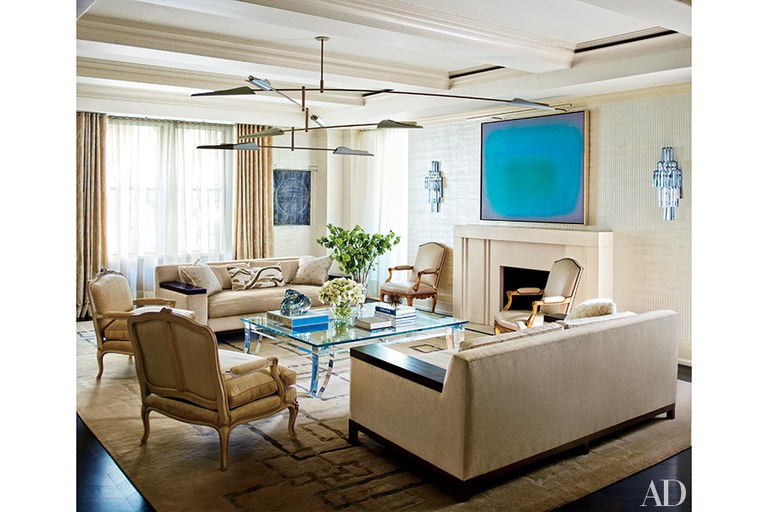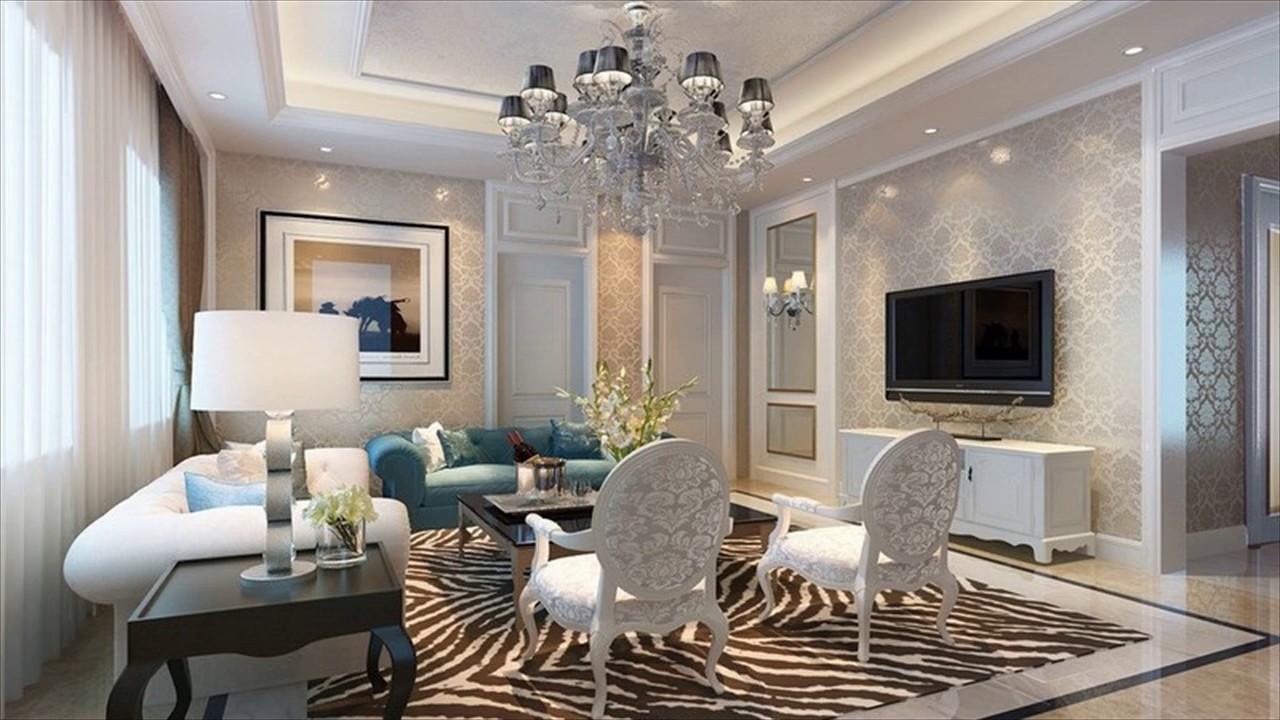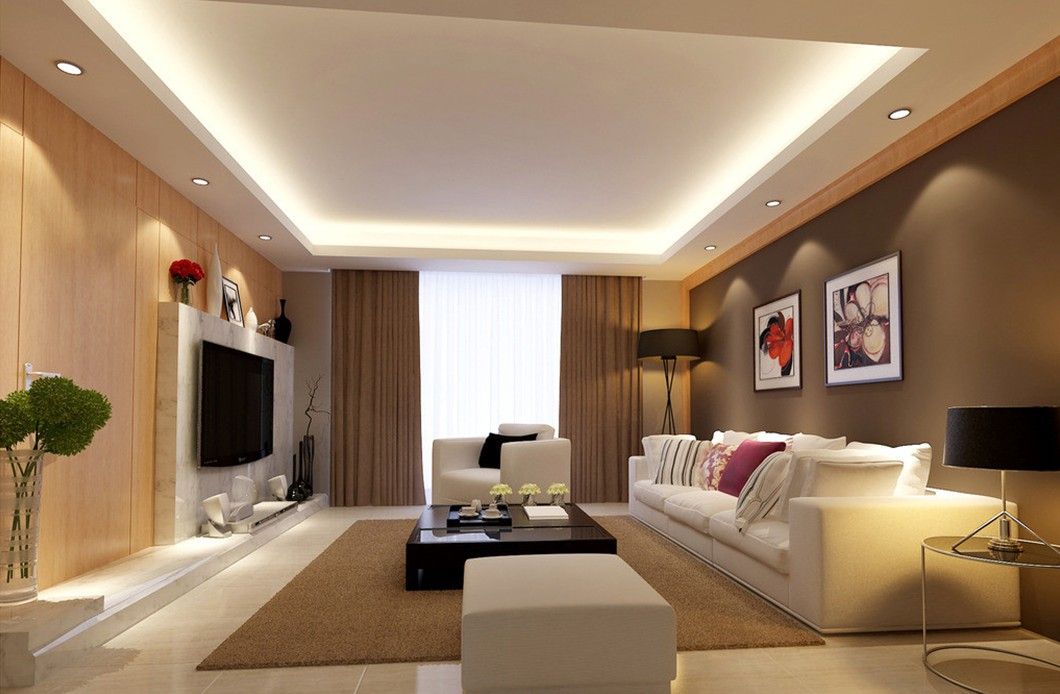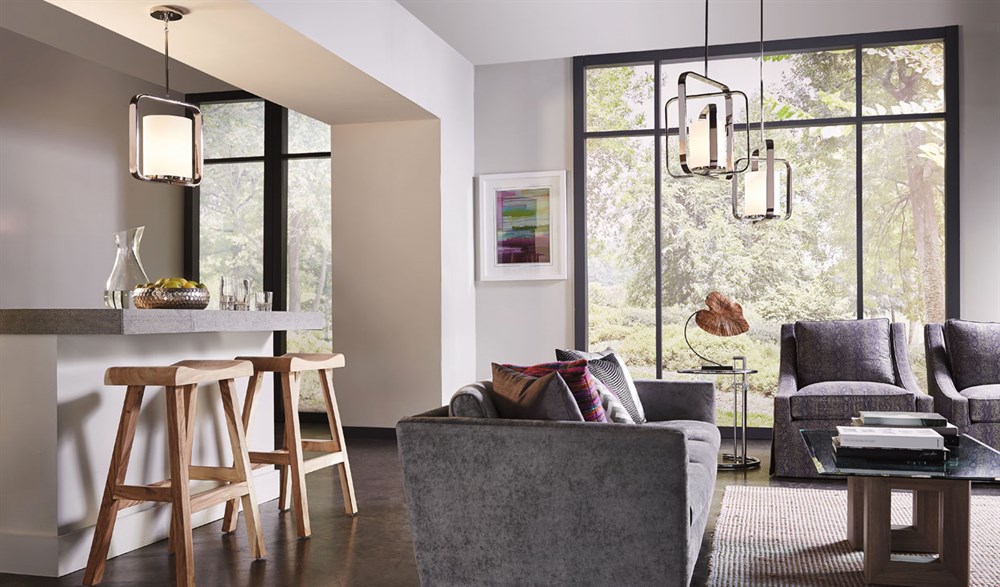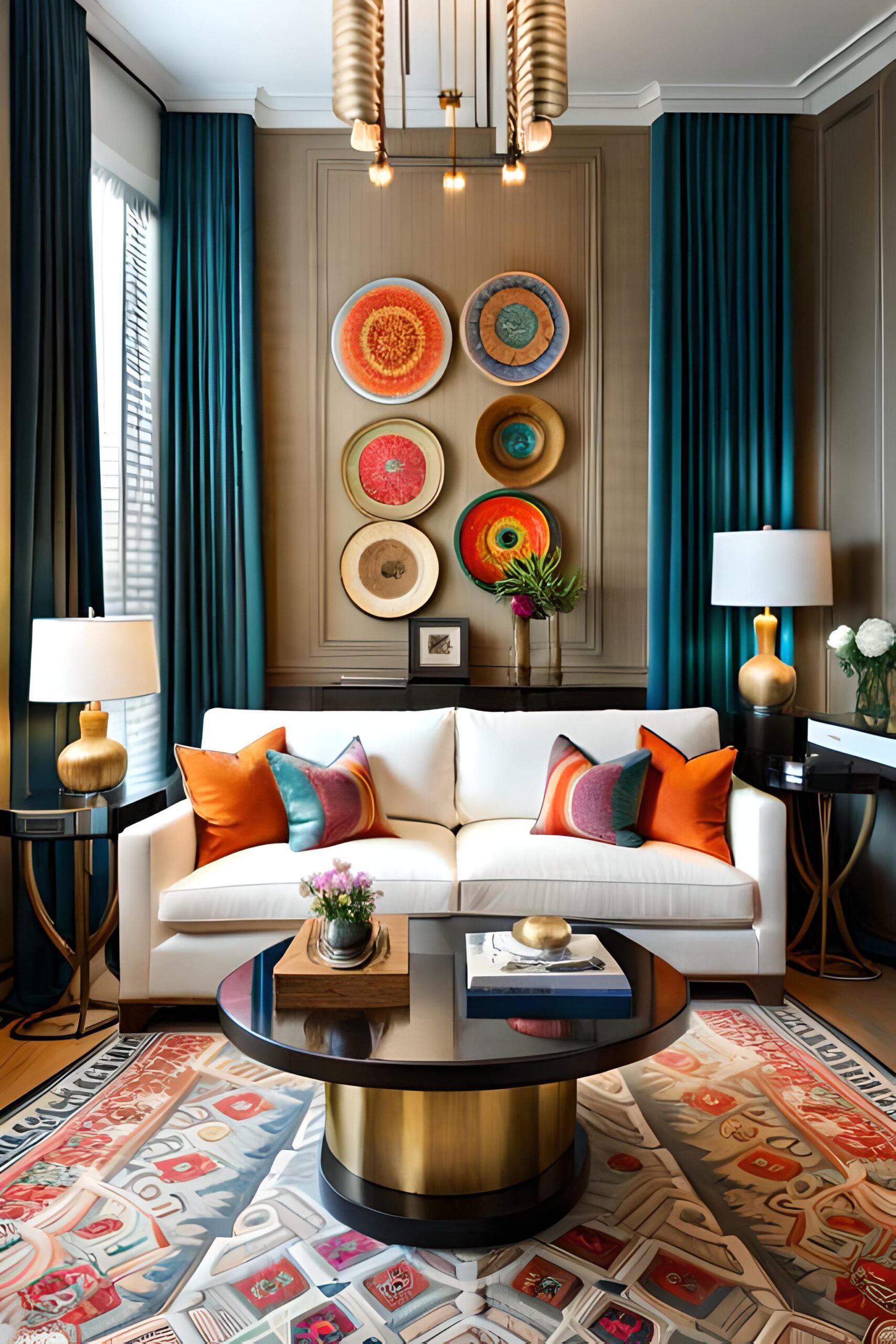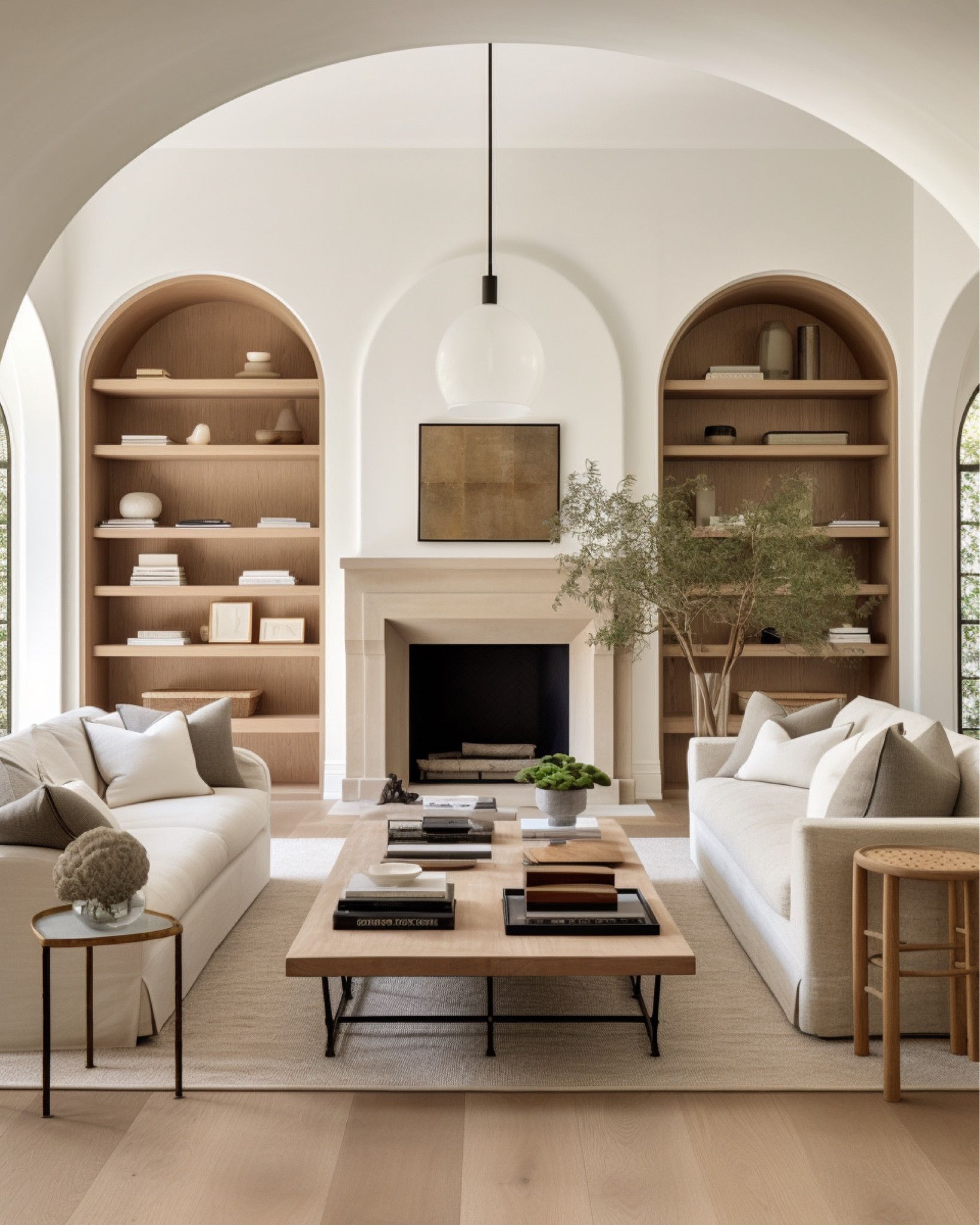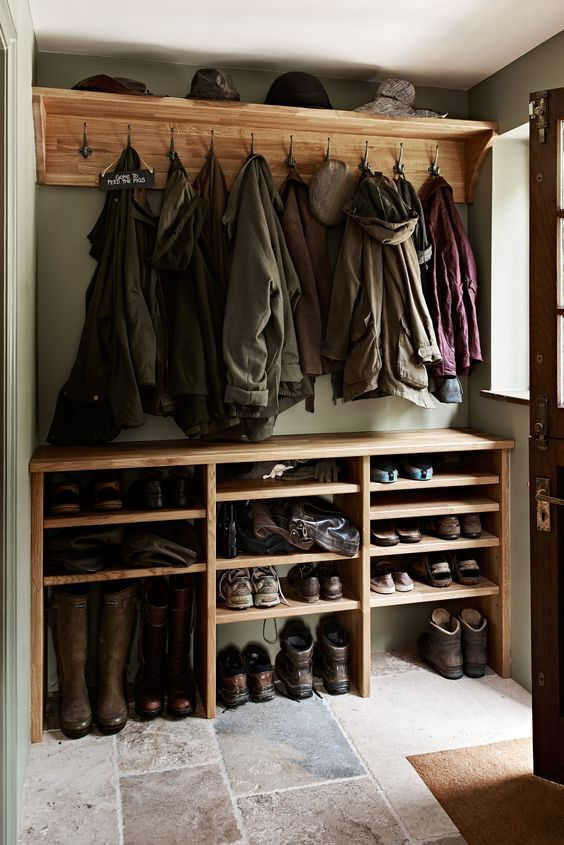Lighting ideas for living room – Optimizing lighting in your own home with sophisticated concepts
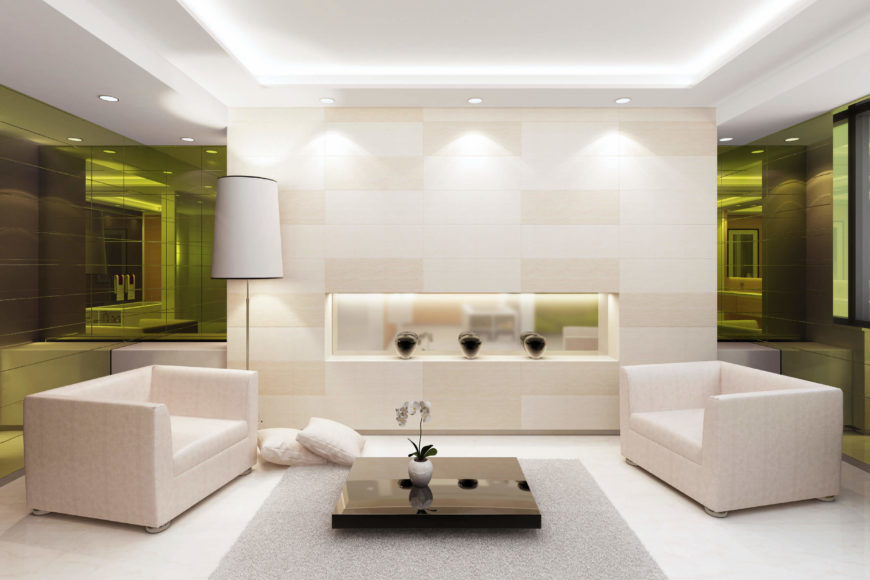
When it comes to the design of their own living spaces, today’s creativity knows almost no limits given a huge range of furniture and other furnishing elements. Nevertheless, even the most elaborate interior design of the rooms can only have a limited effect, if suitable lighting conditions do not adequately highlight your interior. It is always important to find a balanced mix that takes equal account of the needs of everyday life, the design features of the facility and the effects of light on human well-being.
Depending on the room, the optimal lighting consists of many small components
There is hardly anything better than to wake up at the weekend not by the sound of the alarm clock, but by the friendly rays of the rising morning sun. While natural daylight certainly has advantages and should be included in the design of a home via the positioning of window surfaces in the design, but it also has a major disadvantage: It is neither arbitrarily controllable, nor seasonal and weather independent available.
Especially during the winter months, human daytime rhythm now deviates to some extent from the flow of daytime and nighttime, highlighting the importance of thoughtful lighting in the living room and other indoor spaces. In dull weather and autumnal conditions cleverly mounted lamps can illuminate not only the room itself, but also with it the whims of the inhabitants.
However, when planning, a successful lighting concept in each room of the apartment necessarily consists of several elements. Finally, on the one hand the lighting needs are not always the same, on the other hand have light sources with a homogeneous surface overall illumination of the room about the charm of an operating room or an industrial hall. Therefore, it is good to think about the light already when planning the apartment or the house.
Several types of light form the elements of an optimal lighting concept
Factors such as the exact brightness or light color of a particular light source are details that can often only be determined by testing on-site in a specific room context. More fundamental, however, is the question of which components the light in a room can be composed of. In any case, the right lighting must be flexibly controllable, so that different amounts of daylight can be compensated for and the right ambience created for different types of use.
This can be controlled not only by a built-in dimmer, but also by the composition of different light sources of a room. The rule of thumb is that, for example, a living room from 30 m² should have at least 5 different light sources, a smaller room should have at least 3 different light sources. In addition, a successful lighting concept integrates the three elements of background light, accent lighting and work light into a successful triad.
